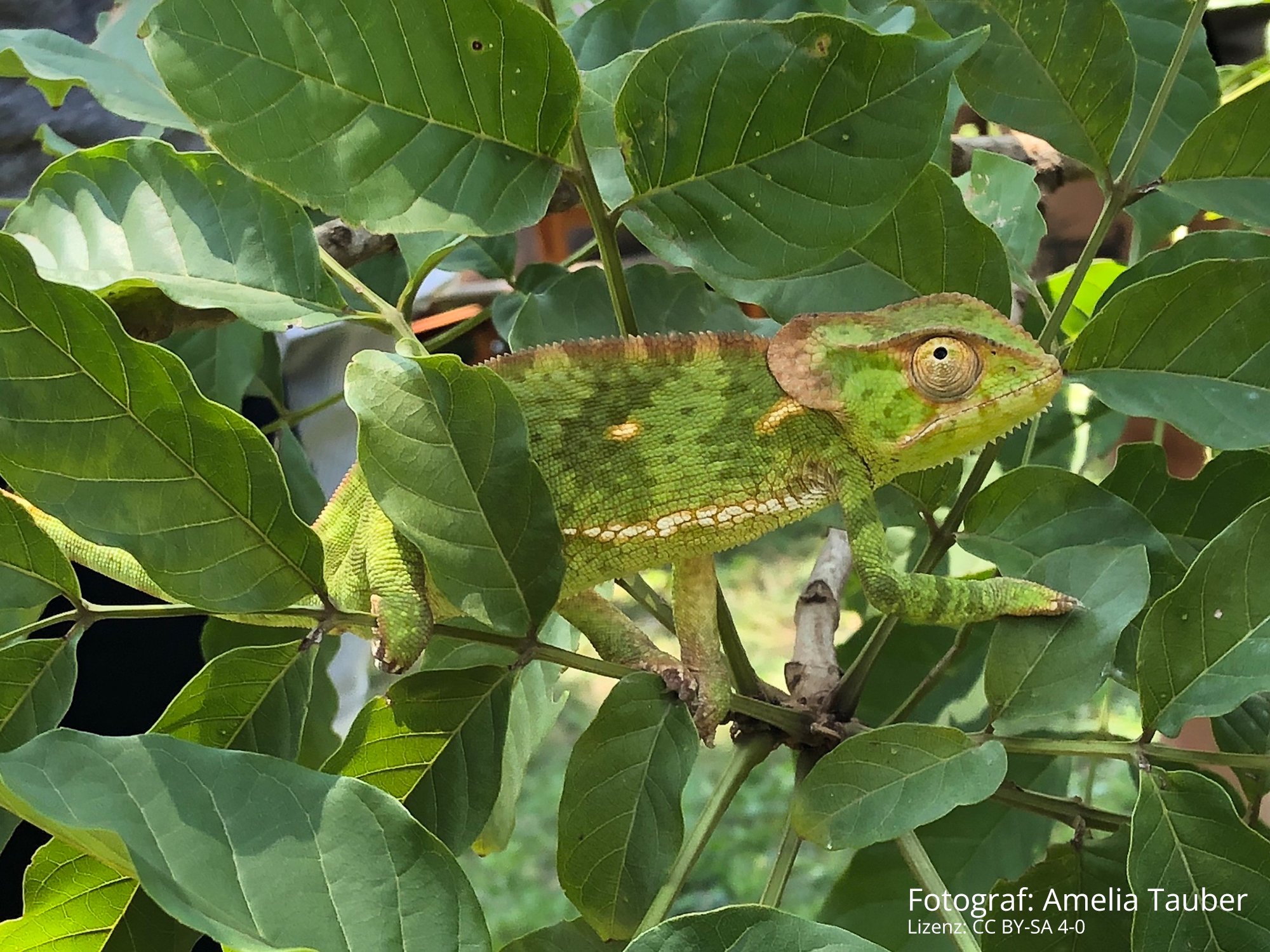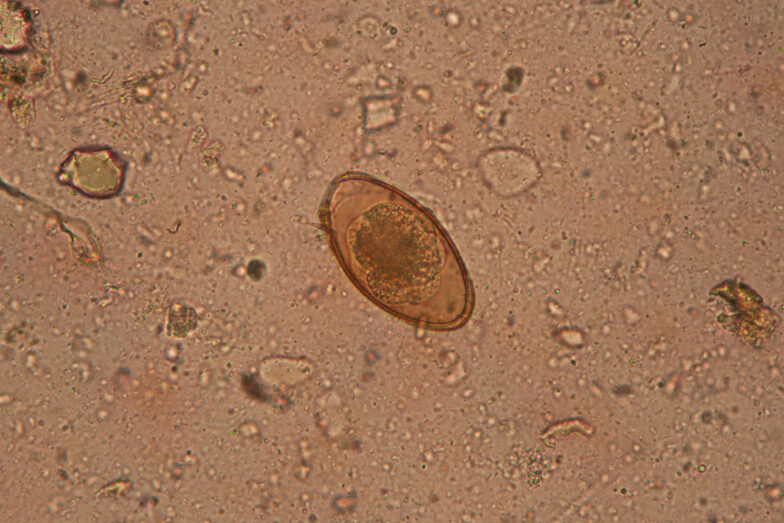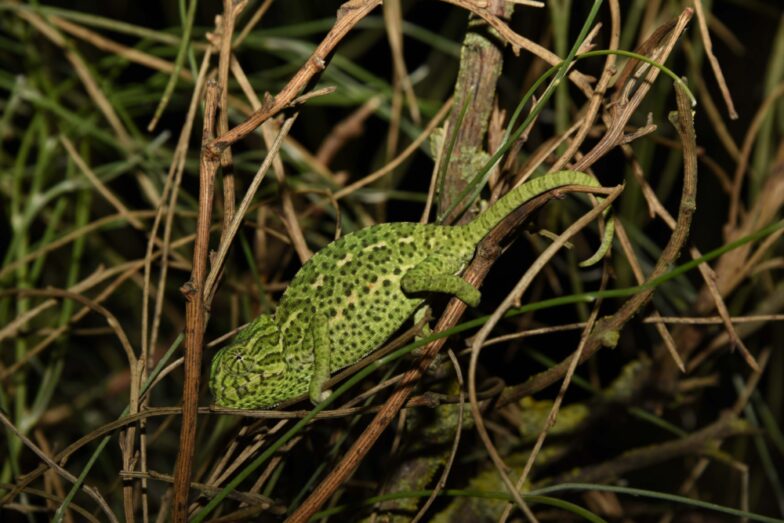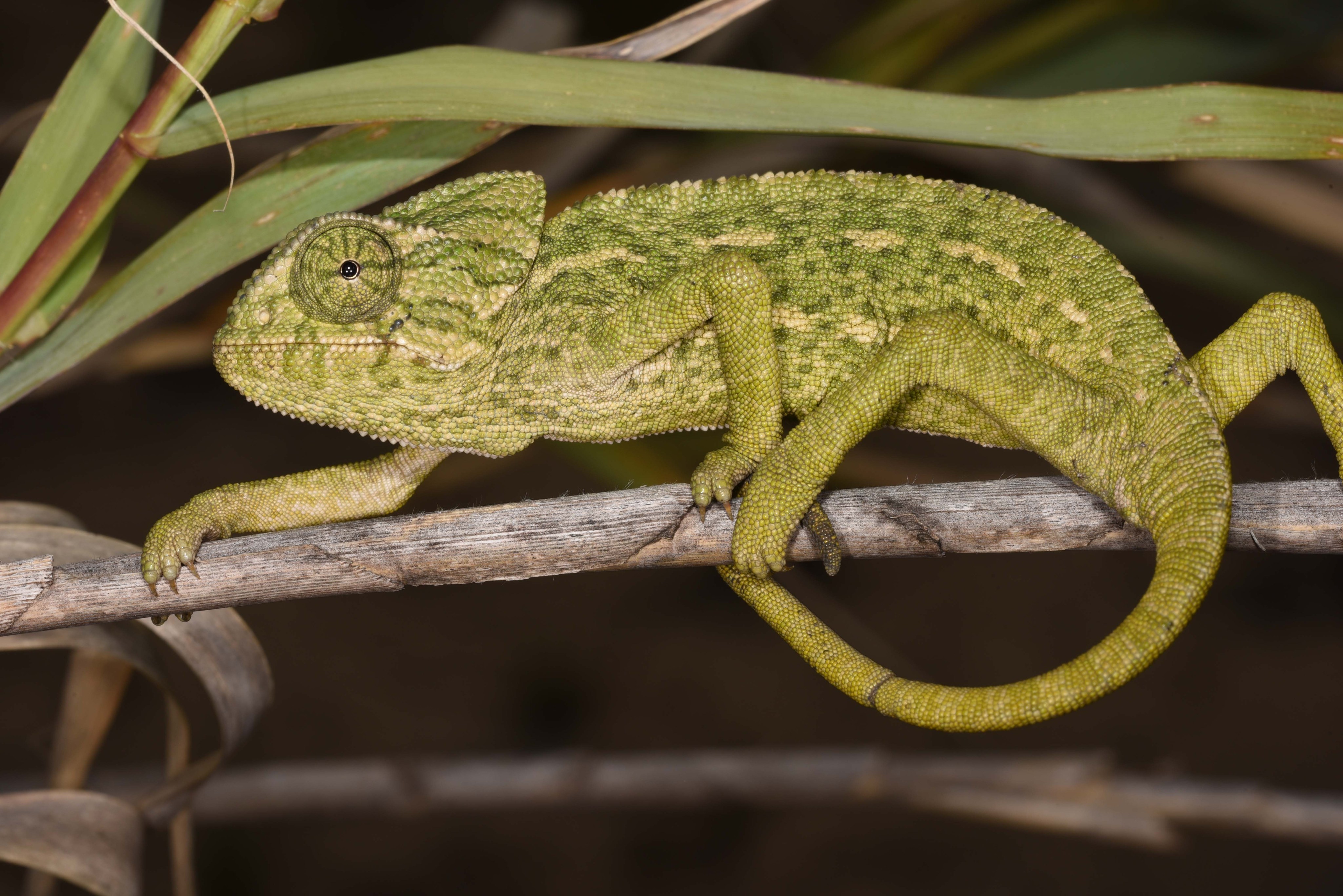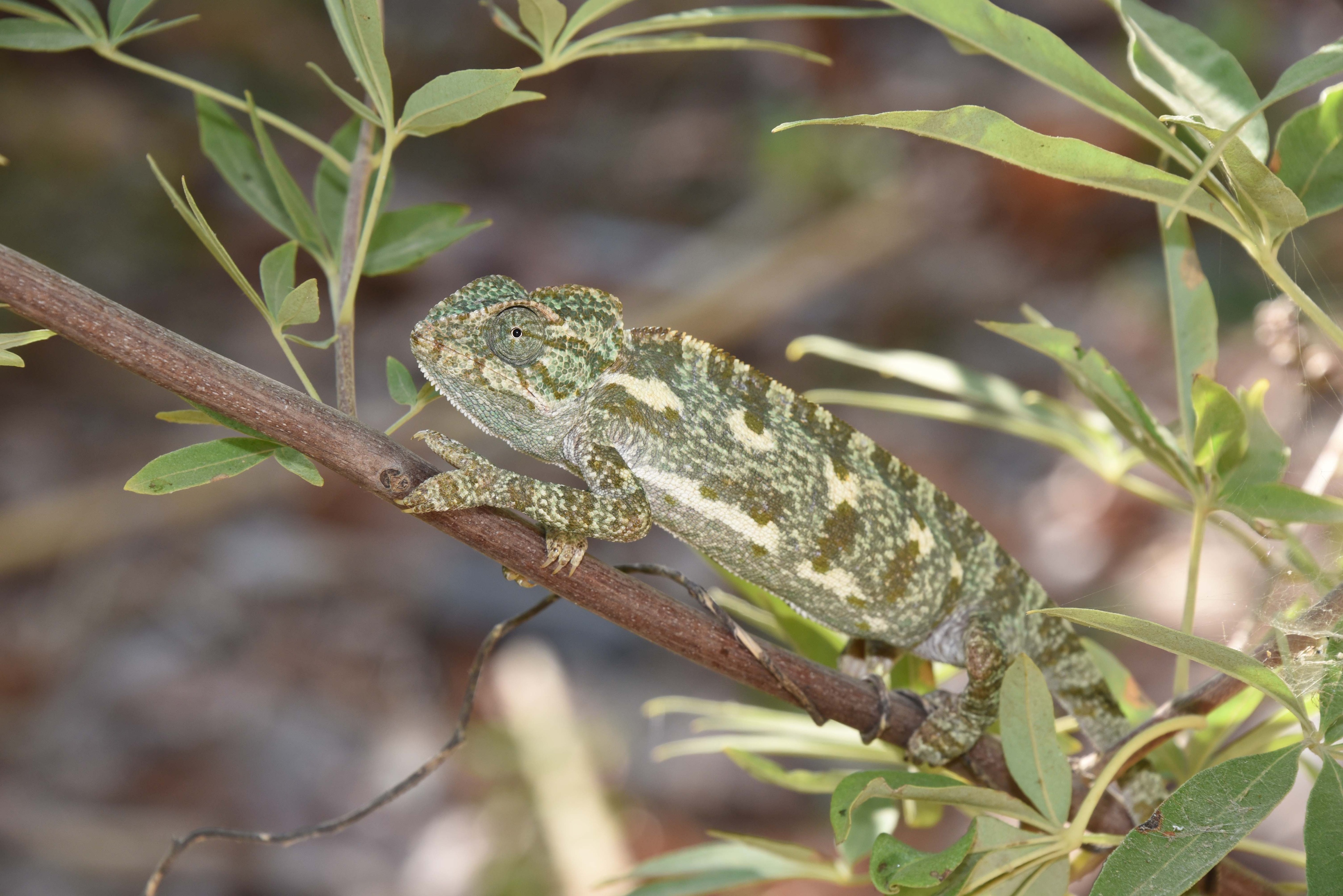The Belezma Biosphere Reserve was only established in 2015 and is located in the province of Batna in northern Algeria. It covers an area of 262 km² in the Belezma Mountains and lies at altitudes between 915 and 2136 metres above sea level. The terrain consists of Mediterranean cedar, pine and oak forests, typical scrubland (so-called maquis), cliffs and only seasonal watercourses (so-called oueds); around 53 km² consist of cedar forest. So far, there have only been a few publications on the herpetofauna there. A recent overview study of the amphibians and reptiles found there has now been compiled by biologists from the University of Batna.

The animals were searched for visually only. Various people walked transects unsystematically both during the day and at night, for a total of 500 hours at 28 locations within the reserve. The animals found were either identified directly or photographed and released.
A total of 23 amphibian and reptile species were found and identified. Chamaeleo chamaeleon was identified for the first time in Belezma. The chameleons were found at around 1040 metres in the characteristic shrublands and at 1280 metres in open terrain. The maquis in Belezma consists mainly of oak and olive trees as well as mastic bushes and Phoenician juniper.
Herpetofauna of Belezma Biosphere Reserve, province of Batna, northeastern Algeria
Messaoud Saoudi, Mohamed Bensaci, Abdeldjabar Necer, Houria Baazi, Zohra Nemili, Farouk Khelfaoui
African Journal of Biological Sciences 6 (15), 2024
DOI: 10.48047/AFJBS.6.15.2024.10672-10700




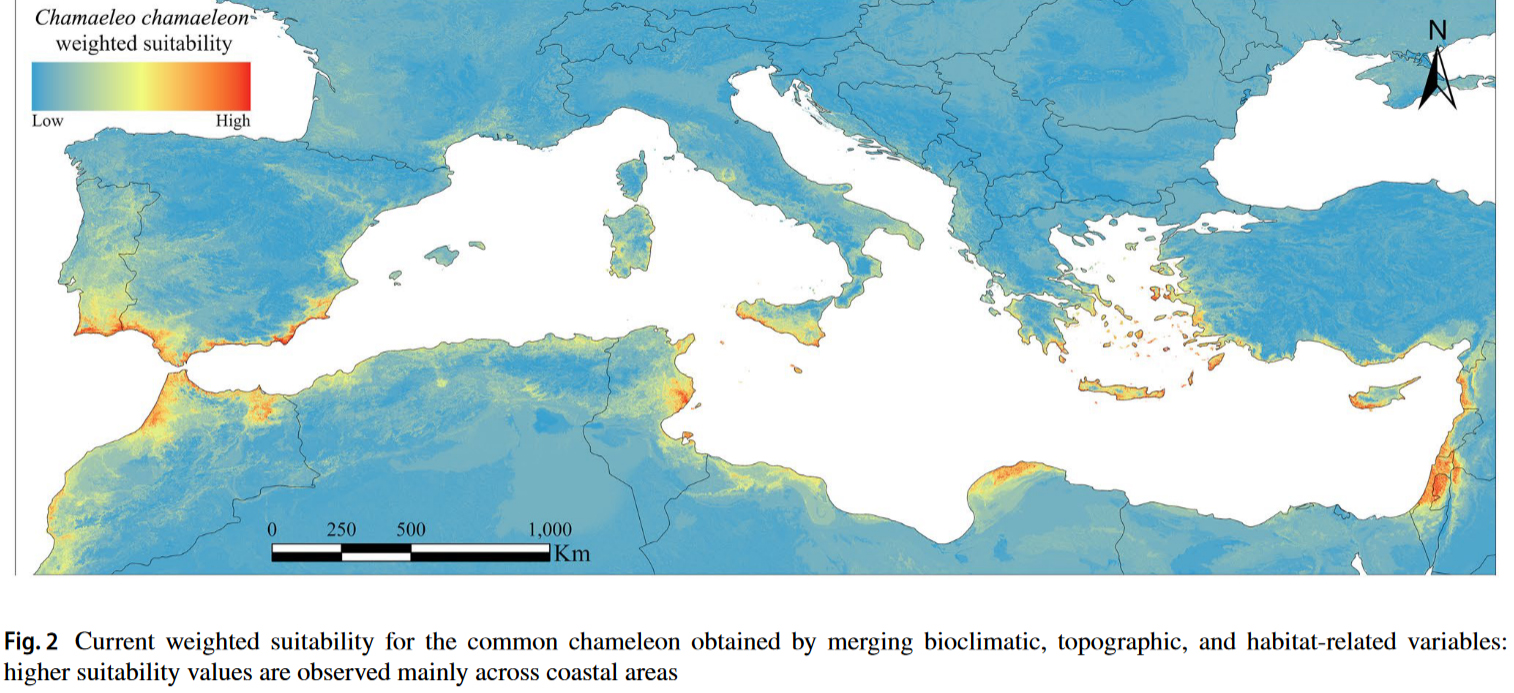
 For the study, the existing literature, sampling by the author himself, OpenStreetMaps and information from the Global Biodiversity Information Facility (GBIF) were used, statistically processed and analysed. Climate, topography, habitat of the sites and connections of existing populations were used to predict potentially suitable new habitats.
For the study, the existing literature, sampling by the author himself, OpenStreetMaps and information from the Global Biodiversity Information Facility (GBIF) were used, statistically processed and analysed. Climate, topography, habitat of the sites and connections of existing populations were used to predict potentially suitable new habitats.